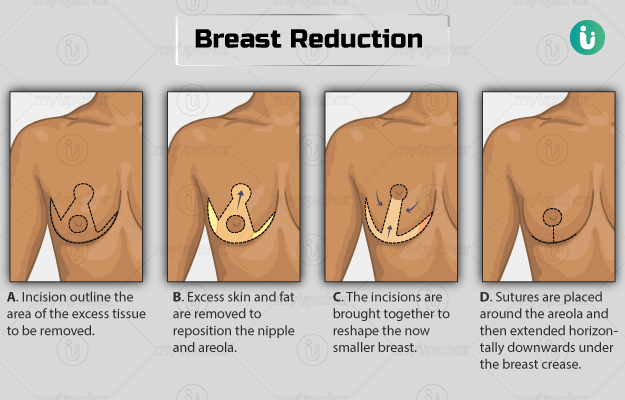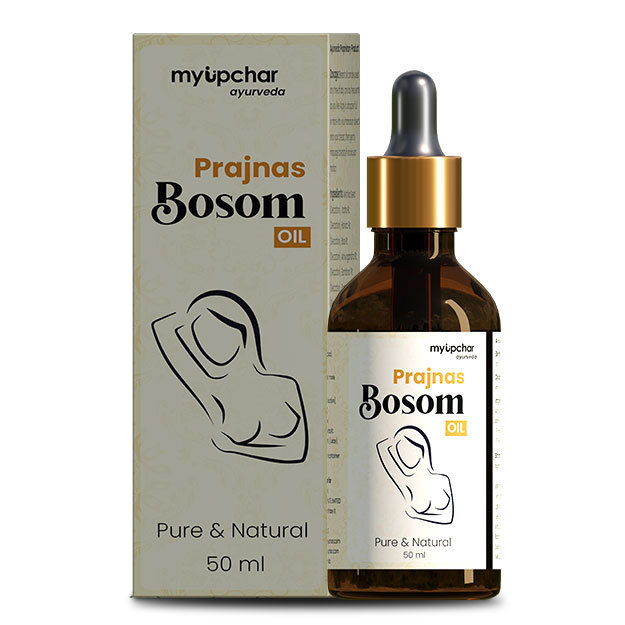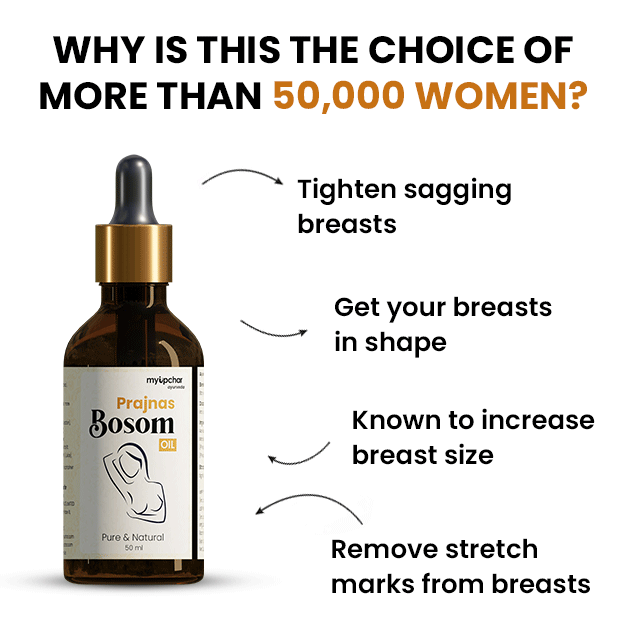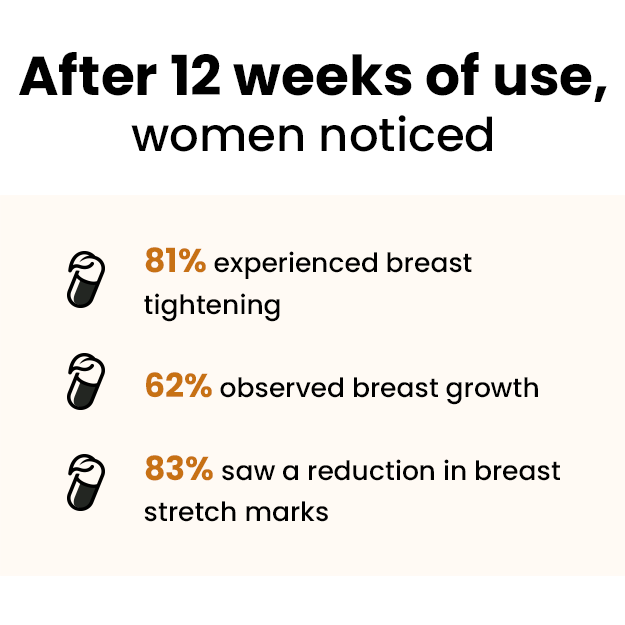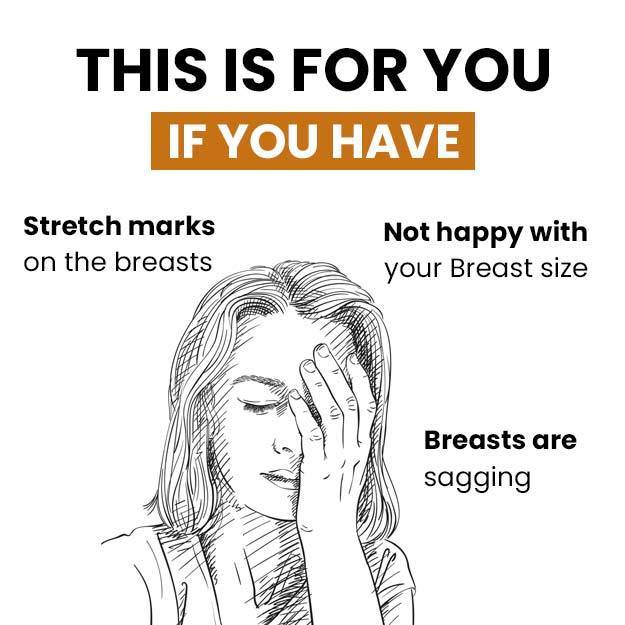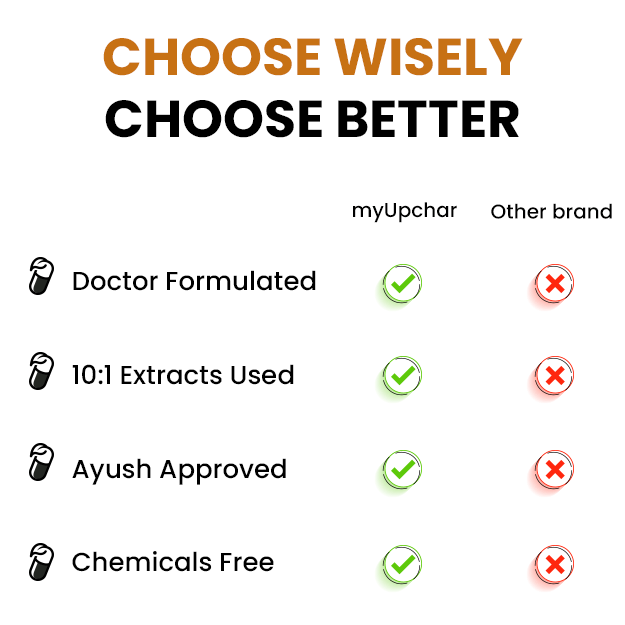Summary
Breast reduction surgery is a procedure in which a woman or a man can get the size of their breasts reduced to improve their physical or mental wellbeing. Often, women with large breasts have symptoms like pain in the back, shoulders or breasts. They may also face problems while playing sports and exercising. On the other hand, men with enlarged breasts may have poor self-confidence.
Before the surgery, your doctor will ask about your medical history. This procedure will be performed under general anaesthesia. The procedure, takes about two hours, and overnight hospital stay is generally not needed after the procedure. At home, strenuous exercises should be avoided for about four to six weeks, and driving is not permitted for about two weeks after the procedure. A follow-up visit may be scheduled one to two weeks after the surgery, but if symptoms such as fever, bleeding, or a feeling numbness at the incision site are observed, the doctor should be consulted at the earliest.

